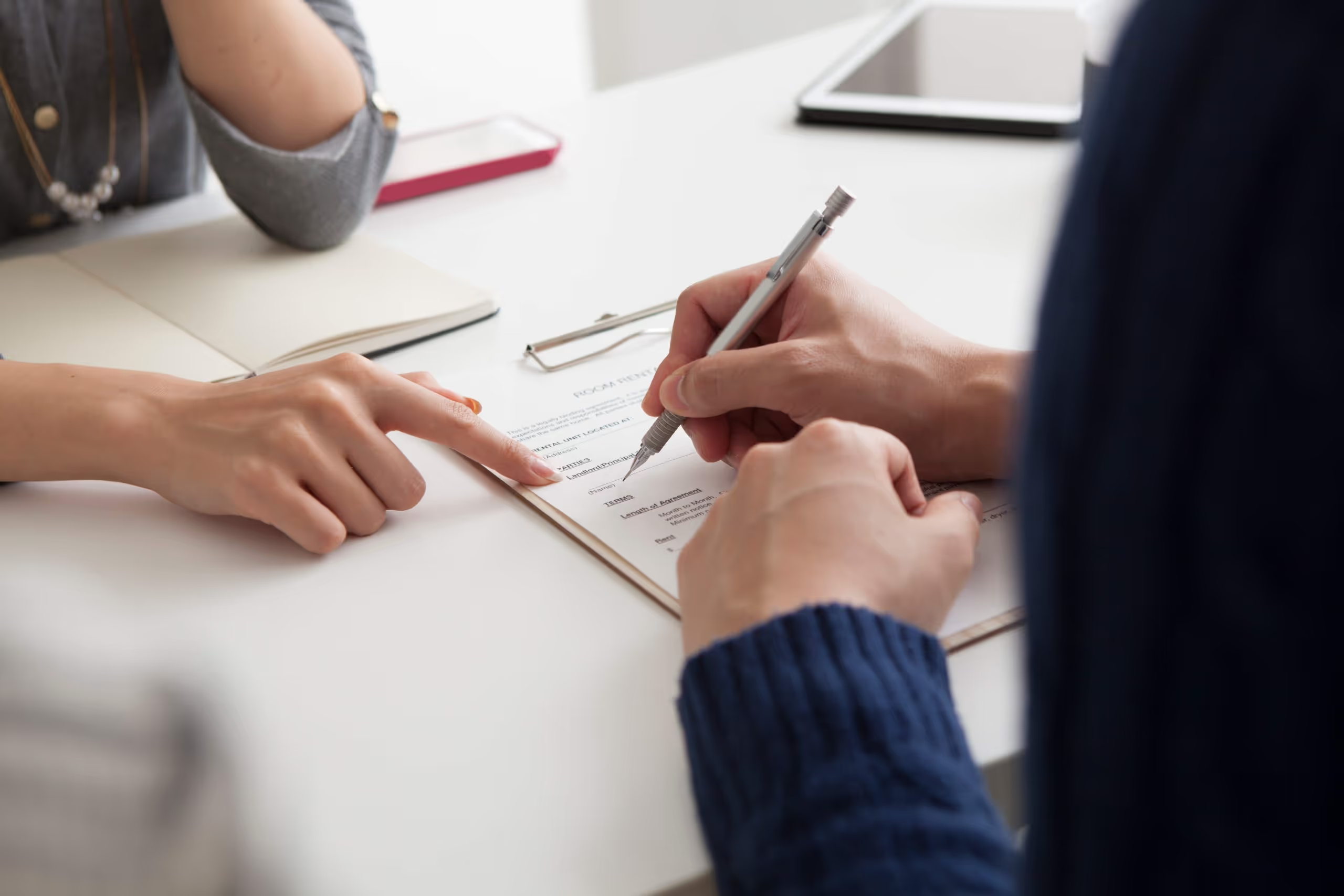- Example active heading
- Example heading
Financing your business with an SBA loan can help you grow your business with long term, low interest financing. SBA loans are one of the most sought after forms of financing for small businesses, but come with their share of requirements to get approval. One of those lesser-known requirements is hazard insurance, particularly if you’re securing your loan with collateral such as commercial property or equipment.
What is hazard insurance?
Hazard insurance is a type of business property insurance that covers damage to the physical property caused by accidents, damage, weather, and some natural disaster-related incidents. Your specific insurance policy will outline “covered events”. These are the types of events that may occur and cause damage to your property. When that happens, your hazard insurance kicks in and covers the damage within the limits of your policy.
Most hazard insurance policies typically cover the following events that cause damage to the physical property, or significant business property inside such as furniture, equipment, tools, and inventory:
- Theft and vandalism
- Fire or explosions
- Weather and storm damage
- Vehicle damage
- Water damage (such as damage caused by burst pipes)
Hazard insurance doesn’t extend over every type of event. Typically, these types of events are not covered under a hazard insurance policy, and require additional coverage policies:
- Personal belongings
- Liability for the property
- Natural disasters, such as floods, earthquakes, and landslides
- Damage as a result of lack of maintenance, or maintenance issues
When is hazard insurance required?
Hazard insurance isn’t only required for business loans. The most common scenario when a hazard insurance policy is required is for a mortgage on a home. However, most lenders will require a hazard insurance policy on any property—personal or commercial—used to secure a loan, or on the commercial property you are financing with your loan.
The reason why hazard insurance is required by lenders is straightforward. Your lender has a significant financial stake in your property or equipment. If that property is damaged or destroyed, hazard insurance means they can recoup their investment. Plus, it also protects you from the loss of what is undoubtedly an expensive purchase!
This also applies to property or commercial equipment used as collateral. If your collateral is destroyed or damaged, lenders are exposed to risk if you default on your loan. With hazard insurance on the property, they can mitigate that risk.
SBA hazard insurance requirements.
Like most lender policies on hazard insurance, the SBA hazard insurance requirement applies to property that is used as collateral. Most SBA loans, including 7(a) and 504 loans, require some type of collateral in order to be approved.
Because it’s used as collateral, the property must be properly insured. That way, if there’s any damage done that’s out of your control, the building can be repaired or replaced and still maintain its value.
Here’s the breakdown on hazard insurance requirements for each type of SBA loan:
Hazard insurance vs. other insurance policies.
Hazard insurance is often confused for other types of business insurance. And, not all insurance companies refer to property insurance as hazard insurance. Instead, they may call it commercial property insurance. Here are some other types of small business insurance to know as you look for coverage required by the SBA.
Commercial Property Insurance
Commercial property insurance is the same thing as hazard insurance. Any covered events provide reimbursement for building repairs, as well as damaged items within the building. With this type of insurance, you would need to file a claim for your business. Then an insurance adjuster would assess the damage and provide you with reimbursement accordingly.
Flood insurance
Anytime your commercial property is located in a flood zone and used as SBA loan collateral, you’ll need a flood insurance policy as well. That’s because damage caused by flooding is not typically included in most hazard or property insurance policies.
To see if you need flood insurance, first visit FEMA’s online flood map tool to see if your property’s address is located in a flood zone, and then check your need for insurance when you apply for an SBA loan. If you do, you will need to pay an extra premium, but it will be worth the investment, if you’re in an area at risk of flooding.
Earthquake insurance
Similar to floods, earthquake damage is not covered in most hazard insurance policies, but is instead covered under a specialized insurance. This insurance is usually optional, unless your business is located in a high-risk zone, such as near a fault line.
You can check whether you’re located near a fault line with the U.S. Geological Survey’s interactive map and speak to your insurance agent to learn more.
Business interruption insurance
While a hazard insurance policy protects your commercial property from physical damage caused by hazards, it doesn’t usually cover business interruption, or lost income due to being unable to operate due to a covered hazard. This type of insurance can be a separate policy, or in some cases, added onto your hazard insurance policy.
General liability insurance
As mentioned before, hazard insurance doesn’t cover liability. This is a separate policy, called general liability insurance, which covers bodily injury, legal defense, and property damage to others, not your own property.
Limitations of hazard insurance.
Hazard insurance policies don’t give your business an automatic blank check when a covered event occurs. Each policy comes with a coverage limit for both the building and the property within. So it’s important to get a policy large enough to cover a worst-case scenario, such as a total loss.
Your hazard insurance policy will also come with a deductible—the amount you’re responsible to pay before your coverage kicks in.
Satisfying your SBA lender’s hazard insurance requirements.
When you apply for an SBA loan, your lender has to confirm that you carry the right hazard insurance on any assets pledged as collateral. Here’s what that means in practice, and what you need to do to stay compliant.
1. Make sure you’re insuring the right assets.
For SBA 7(a) and 504 loans over $50,000, hazard insurance is required on:
- Any real estate pledged as collateral
- Any business personal property used as collateral (equipment, inventory, fixtures, etc.)
If the property cannot be insured, the SBA will not allow the loan to be approved. This is why lenders almost always ask for proof of hazard insurance early in the process.
2. Verify you have enough coverage.
The SBA requires coverage, or replacement cost, at:
- Full replacement cost whenever possible
- Maximum insurable value if a full-replacement policy isn’t available.
This ensures the lender’s collateral can be completely restored after a covered loss.
3. Add the required lender clauses to your policy.
This is one of the most important steps, and easy to overlook. Depending on what your collateral is, you’ll need to add the following:
- If the collateral is real estate - Your policy must have a Mortgagee Clause naming the SBA lender for 7(a) loans, or CDC/SBA for 504 loans.
- If the collateral is business personal property - Your policy must have a Lender’s Loss Payable Clause, naming the SBA lender for 7(a) loans, or CDC/SBA for 504 loans.
These clauses essentially say:
- The lender's interest cannot be invalidated by the borrower’s actions
- The insurer must give the lender at least 10 days written notice before cancelling the policy.
4. Secure any additional hazard-related policies required
Some states or localities require separate policies for things like:
- Wind or hail
- Earthquakes
- Named storms
If your business is in one of these states, the SBA requires you to carry those additional policies. If your property also is in a FEMA-designated Special Flood Hazard Area, you’ll also need to secure flood insurance to move forward with your loan.
5. Provide proof of insurance to your lender.
Lenders will typically require a declaration page listing coverage amounts, evidence of the required clauses naming the lender, contact information for the insurance provider, and confirmation of policy dates.
6. Maintain your coverage throughout the life of the loan.
The hazard insurance requirement doesn’t end once your SBA loan closes. You must:
- Keep the policy active
- Keep the required lender clauses in place
- Notify the lender if you switch carriers
- Maintain replacement cost or maximum insurable coverage
Lenders may periodically ask for updated proof of insurance, so keep these documents on hand to provide your lender with current copies.
Getting proper hazard insurance is just one step in obtaining an SBA loan. Lendio’s team of experts can help you throughout the entire process. Apply for an SBA loan now!





.png)
.png)
.png)
